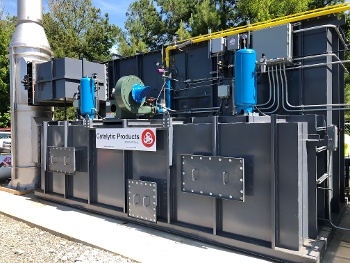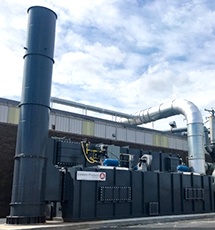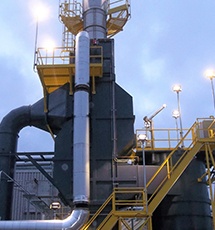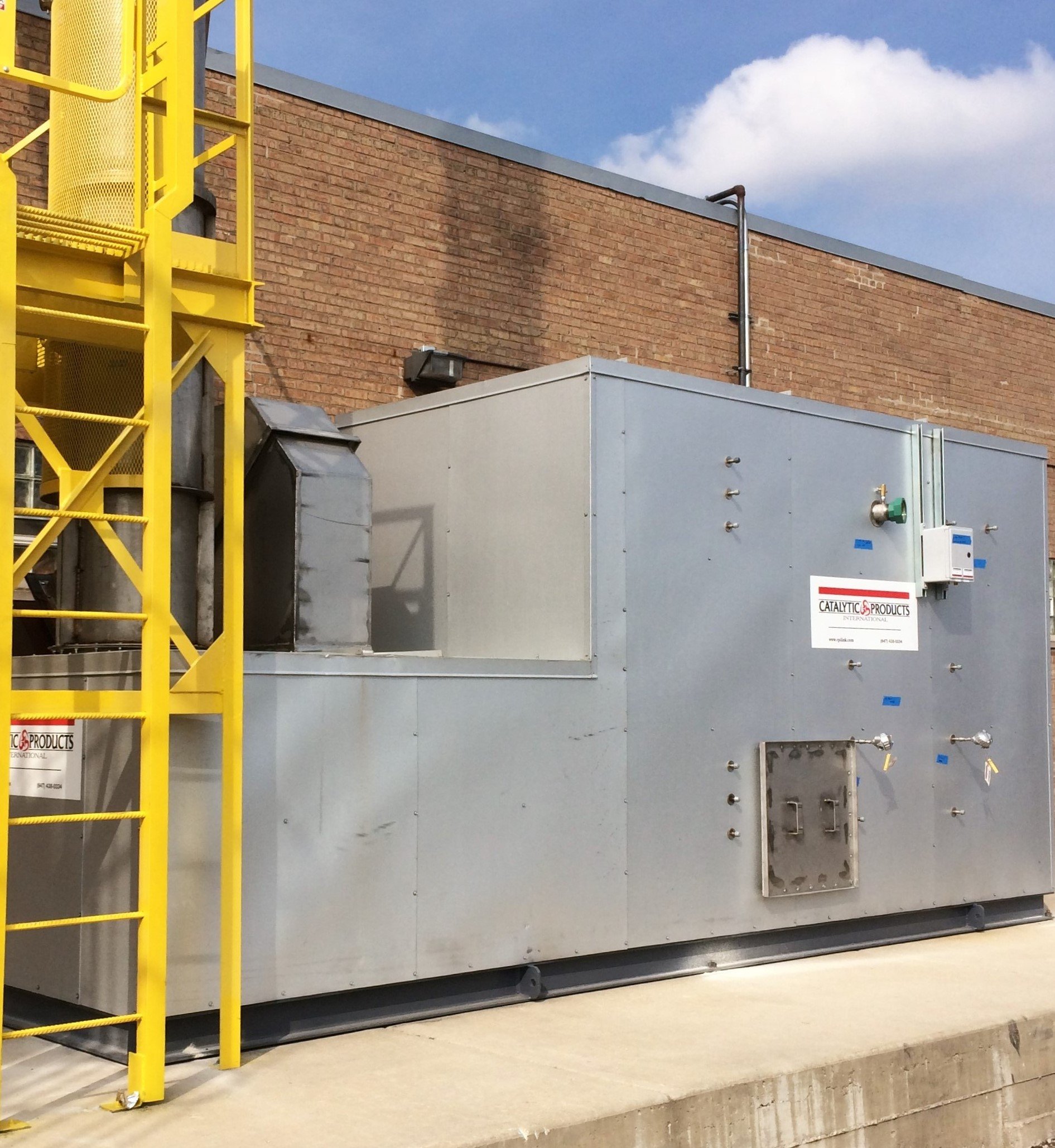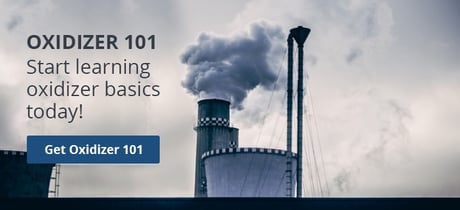Landfill gas (LFG) is a natural byproduct of the decomposition of organic material in landfills. LFG is composed of approximately 50 percent methane (CH4), 50 percent carbon dioxide (CO2) and small amounts of non-methane organic compounds (NMOCs). NMOCs include reactive volatile organic compounds (VOCs) and hazardous air pollutants (HAPs).
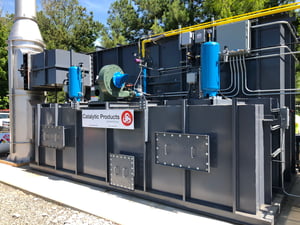
According to the U.S. EPA, municipal solid waste (MSW) landfills are the third-largest source of human-related methane emissions in the United States. When municipal solid waste (MSW) is first deposited in a landfill, it undergoes an aerobic (with oxygen) decomposition stage when little methane is generated. However, typically in less than one year, anaerobic conditions are established and methane-producing bacteria begin to decompose the waste and generate methane. Methane is a potent greenhouse gas 28 to 36 times more effective than carbon dioxide at trapping heat in the atmosphere over a 100-year period (https://www.ipcc.ch/report/ar5/).
Instead of escaping into the air, LFG can be captured, converted, and used as a renewable energy resource. There are many options available for converting LFG into energy including electricity generation, direct use of medium-BTU gas and Renewable Natural Gas (RNG). To produce RNG the landfill gas undergoes several stages of treatment. During the advanced treatment stage to upgrade pipeline quality, pressure swing adsorption (PSA) systems are widely used to remove CO2, O2, N2 and VOCs. The waste or tail gas from this treatment must often be controlled before being released to the atmosphere.
Catalytic Products International (CPI) recently installed a 10,000 SCFM Regenerative Thermal Oxidizer (RTO) at a Renewable Natural Gas (RNG) facility located at a Southern landfill to control the waste gas from its LFG purification process. CPI worked closely with the design/construction contractor as well as the end user customer to define, select, and engineer the equipment best suited to safely and effectively treat the tail gas from the pressure swing adsorption system (PSA) used for purification. Providing the lowest supplemental fuel usage was a critical component of this project. The Regenerative Thermal Oxidizer provides 98.5% destruction rate efficiency (DRE) and 92% thermal efficiency resulting in the lowest fuel and electric costs.
Thermal treatment of VOCs and other air pollutants works by a simple reaction of the harmful hydrocarbon-based air pollutants with oxygen and heat. In this environment, the VOCs are oxidized to form harmless inert by-products like CO2, water vapor (H2O), and usable heat. These harmless by-products are released to the atmosphere or used within primary or secondary energy recovery techniques to further lower the operational costs.
CPI Regenerative Thermal Oxidizers (RTOs) are engineered to provide exceptional performance and reliability. During operation of the standard two chamber RTO, the VOCs are directed into one of the system’s regenerators, an internally insulated vessel containing specialized ceramic media which allows thermal rate efficiencies up to 97%. The contaminated gases are passed through the first regenerator where energy is transferred from the ceramic media to the gas in order to elevate the temperature. This elevated temperature approaches the ignition level for most solvents and is then directed from the ceramic bed into the combustion chamber. As the stream exits the ceramic bed and travels through the internally lined combustion chamber, minimal heat is added to ensure a proper oxidation temperature and a designed dwell time is maintained providing destruction of the VOCs at greater than 98% efficiency. The resultant clean, oxidized gases are directed to the second regenerator to absorb the heat energy before being released to the atmosphere.
CPI provided a turnkey installation including engineering, design and rigging of the TRITON-10.95 RTO on a concrete pad. The installation of the RTO and related equipment included exhaust stack, booster fan and high VOC hot gas bypass system.
CPI has been “Enabling Clean Production Since 1969” and continues as a leading supplier of air pollution control equipment. CPI is at the forefront in providing renewable fuel applications with solutions to their air pollution control needs.
Today, CPI partners with its customers as a trusted resource in resolving the most complex air pollution and energy conservation problems. We provide our customers with innovative and cost-conscious solutions to their most complex VOC, NOx, and Odor pollution challenges. Our equipment is also at work meeting energy conservation strategies and minimizing greenhouse gas (GHG) emissions.

